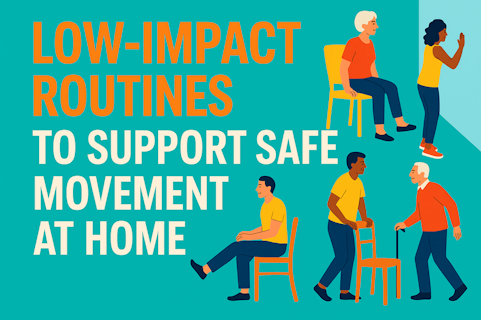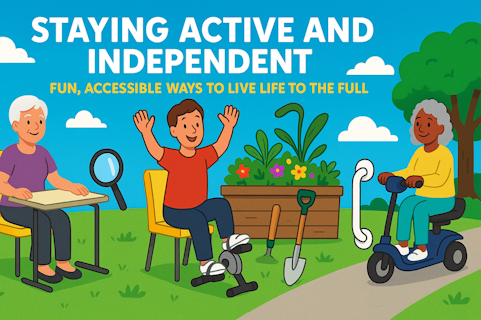
09 Sep 2025
For Help and Advice call: 01524 888453
Our blog19 Jun 2025
For anyone keeping a close eye on their heart health, getting an accurate picture of your blood pressure is vital. But as many people know, a single reading taken at the doctor’s surgery can often tell only part of the story. That’s where 24-hour blood pressure monitors, also known as ambulatory blood pressure monitors, come in. These clever devices give a more complete, real-world view of your blood pressure throughout the day and night.
But just how accurate are they? And how should you interpret the results? Let’s take a look.
Before we get into accuracy, it's worth understanding how these monitors work. Worn on your arm for a full day and night, the monitor automatically takes readings at regular intervals, usually every 15 to 30 minutes during the day and every 30 to 60 minutes overnight.
The idea is simple: rather than relying on one or two readings in a clinical setting (which may be affected by stress or other short-term factors), a 24-hour monitor collects data across your usual routine. This paints a much clearer and more consistent picture of how your blood pressure behaves.
In most cases—yes, significantly so.
Clinical blood pressure readings can be influenced by what's known as 'white coat syndrome', when your blood pressure spikes because of nerves or anxiety around the appointment itself. On the other hand, home readings can sometimes be inconsistent, especially if not done at the same time each day or using a poorly calibrated device.
24-hour blood pressure monitors avoid both of these pitfalls. Because it gathers dozens of readings across different activities, and while you're asleep, it removes those moment-to-moment fluctuations that can throw off a single test. It also helps identify issues like masked hypertension (where BP looks normal in the clinic but rises during daily life) and nocturnal hypertension (high BP during sleep), both of which can go undetected otherwise.
When used correctly and under the guidance of your healthcare provider, the results from a 24-hour monitor are extremely reliable. Most NHS trusts and private clinics use professionally calibrated, clinically validated devices, ensuring a high level of accuracy.
That said, for the most accurate results:
When your 24 hours are up, the data will be downloaded and reviewed by a healthcare professional. They’ll be looking for:
Your doctor will then compare this to standard blood pressure guidelines. For example, a normal daytime average is usually considered below 135/85 mmHg, while night-time averages should be below 120/70 mmHg.
Importantly, the sheer volume of data means the result is far more robust than a one-off reading. It provides context and a fuller picture, which is crucial in diagnosing or managing conditions like hypertension.
If you’ve been advised to wear a 24-hour blood pressure monitor, you can feel confident in the results it provides. These medical aids are not only more accurate than standard readings, but they also help tailor treatment to your real-life needs, giving you and your doctor the information needed to make smarter decisions about your heart health.
In short: 24-hour monitoring isn’t just accurate; it’s one of the best tools available for understanding your blood pressure properly. If you're concerned about your readings or want to better manage an existing condition, it’s a worthwhile step.
09 Sep 2025
02 Sep 2025
19 Aug 2025

